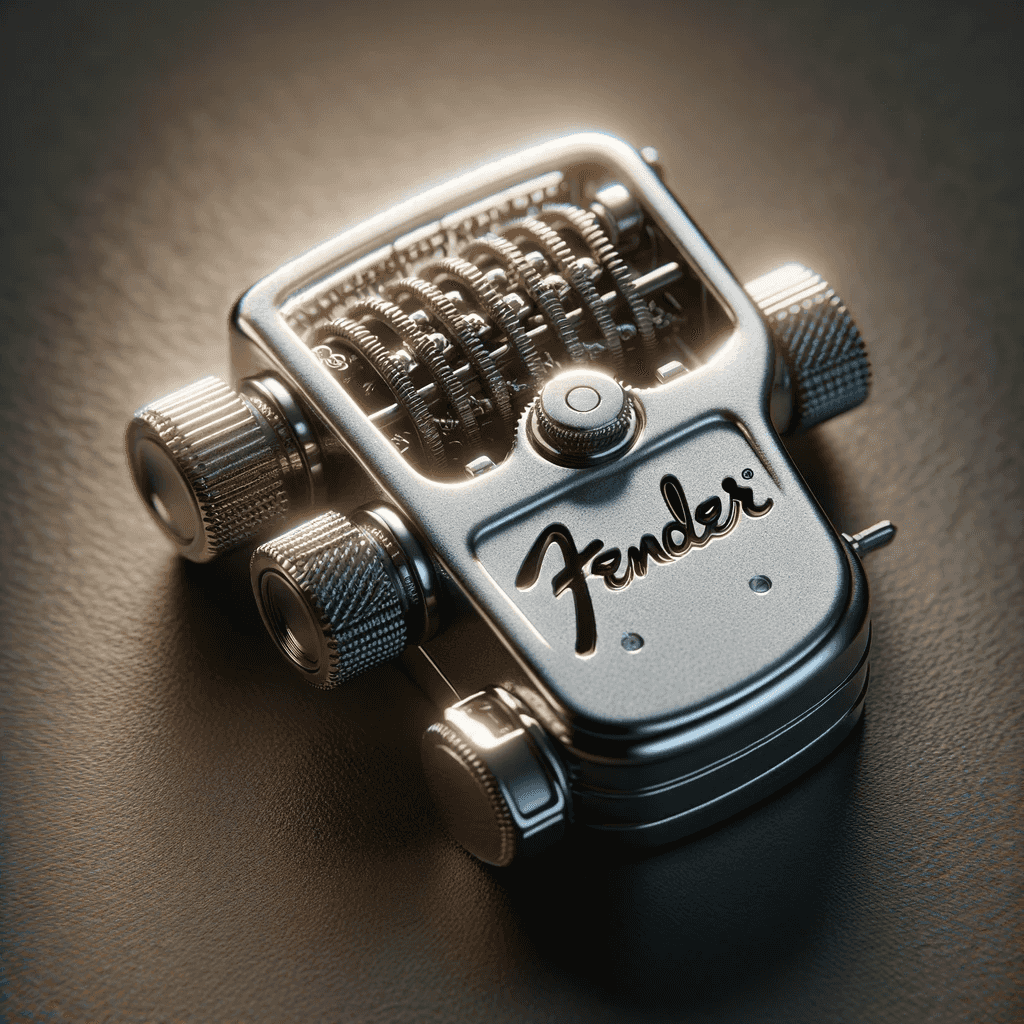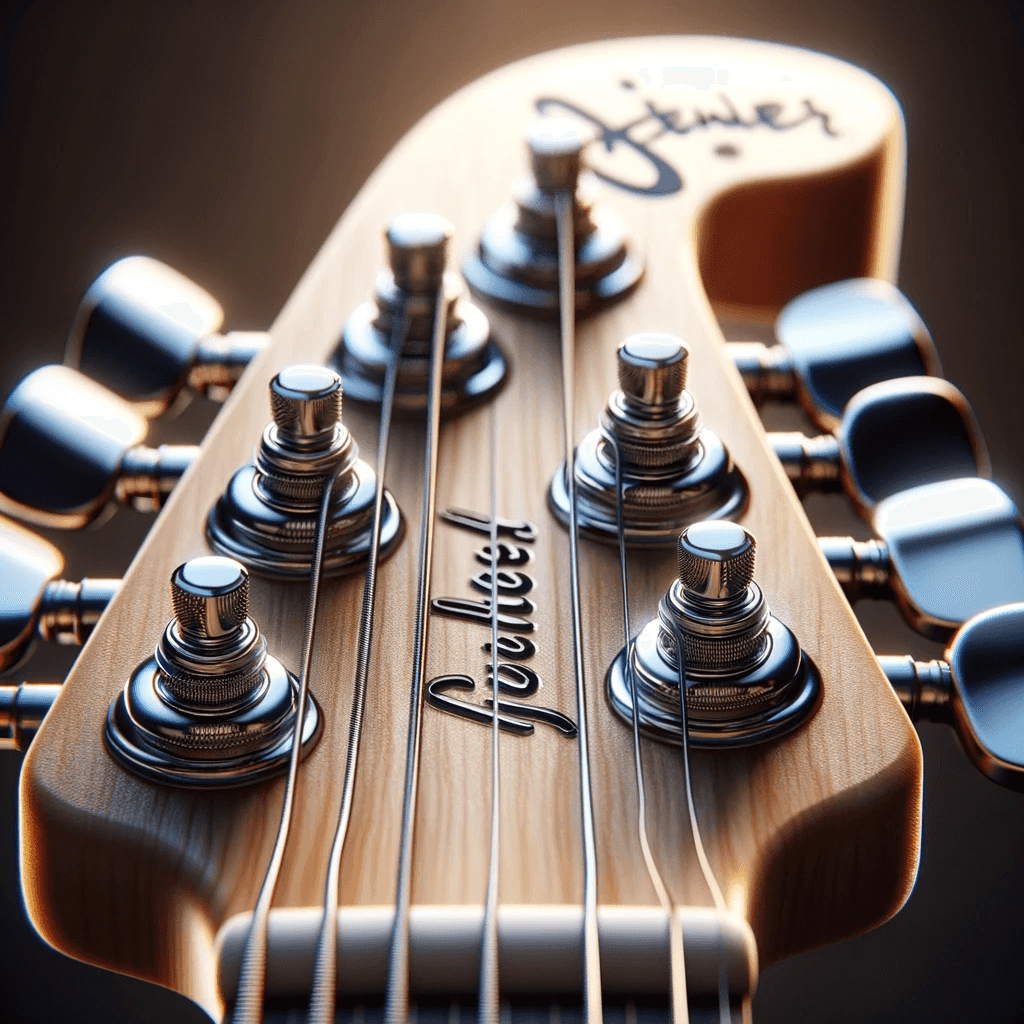Fixing loose guitar tuners
A comprehensive guide to maintaining and fixing loose tuners on your Fender guitar, ensuring optimal performance and sound quality.
Maintaining your Fender guitar's tuners is crucial for ensuring the best sound quality and performance. This guide will explore how to identify and fix loose tuners, a common issue for guitar enthusiasts.
Identifying Issues with Fender Guitar Tuners
-
Visual Inspection: Start with a close examination of your tuners. Look for signs of wear or damage, such as rust or loose components. These indicators can suggest potential problems.
-
Feel the Action: Gently turn the tuners on your Fender. They should move smoothly, without any grinding or excessive looseness. If they feel unstable, it could indicate internal issues.
-
Tune and Listen: Use an electronic tuner to tune each string. Pay attention to the sound and stability of the pitch. If the pitch fluctuates or the string quickly falls out of tune, this could point to an issue with the tuner's stability.
-
Technology Aids: Utilize tuning apps or electronic tuners for a more detailed analysis. These tools can help pinpoint specific issues with tuner stability.
Replacing Worn-Out Tuners on a Fender Guitar
When tuners are beyond repair, replacement is the next step. This section will guide you through selecting and installing new tuners for your Fender guitar.
-
Selecting the Right Tuners: Ensure you choose tuners that are compatible with your Fender guitar model. Not all tuners are universal, so appropriate selection is crucial.
-
Tool Preparation: Gather a basic guitar tool kit, including a string winder, wire cutters, and screwdrivers. These will assist in removing the old tuners and installing the new ones.
-
Removing Old Tuners: Carefully unscrew and remove the old tuners from the headstock. Take care not to damage the wood during this process.
-
Installing New Tuners: Insert the new tuners into place, screwing them in securely but not too tightly. Replace them one at a time to maintain the order and alignment.
-
Stringing and Tuning: Wind the strings around the new tuning pegs, ensuring proper tension for optimal tuning stability. Once all strings are in place, tune your guitar using a reliable method, like an electronic tuner.
A well-maintained Fender guitar is a source of pride and joy for any guitarist. By taking care of your instrument's tuners, you ensure its longevity and preserve its quality sound. Regular maintenance and timely replacements will keep your Fender guitar in top playing condition.
Remember, instrument care is as vital as playing it. Keeping your Fender guitar's tuners in good shape is a key part of this care. With regular check-ups and maintenance, your guitar will continue to produce beautiful music for years to come.

